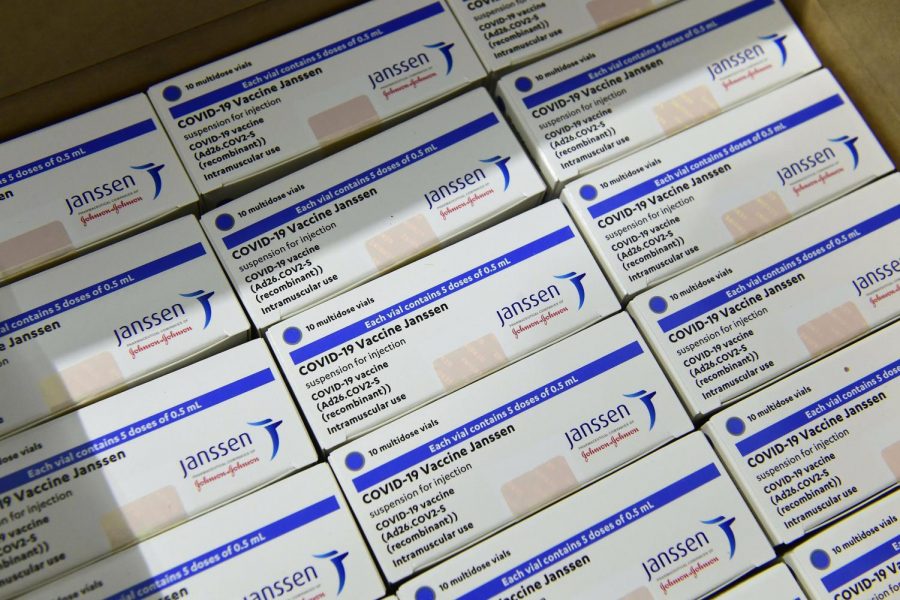According to a study done at the University of Westminster, watching a 90-minute horror movie can burn up to 113 calories. Why? Well, let’s go through the typical experience of viewing a haunted flick.
As the archetypal horror movie starts, it introduces a happy family moving into a new house on a crisp and sunny autumn day. You quickly grow attached to this family; however, you can’t help but feel an innate foreboding, knowing that you chose this movie for its chilling description.
Then, the first note of creepy violin music punctuates a scene and your heartbeat picks up as fast as the rate of the beat in this terrifying score.
All of a sudden, a ghoulish apparition appears on the screen and the protagonist’s screams jolt your body into a moment of extreme stress, in something called a “jump-scare moment.”
By the end of the movie, you will have completely worked off that piece of comforting chocolate that soothed your nerves before the ghoul inevitably possessed your favorite character.
From the outside, it may seem like nothing really happened, except that you are a little more sweaty than normal, but on the inside of your body a host of mechanisms are occurring.
When an event catalyzes fear, whether that be a demonic figure or simply someone yelling “boo” from behind a door, your body reacts with something called the “Fight or Flight Response.”
This response is activated by the parts of your brain called the amygdalae, which trigger the release of a cascade of chemicals into your body that initiate different physiological mechanisms. The first thing to activate is your body’s sympathetic nervous system. The sympathetic nervous system is part of your autonomic nervous system, which controls bodily functions that are not consciously supervised such as your breathing, heartbeat and digestive capabilities.
As the sympathetic nervous system takes over, a surge of a hormone called adrenaline is released into the body and causes an increase in heart rate and blood pressure, along with an inhibition of insulin secretion and digestive systems.
Your immune system and digestive turn off and are no longer utilizing excess energy, while veins in the skin constrict so that blood is able to get to your muscles more quickly and oxygen can reach your lungs at a faster rate.
To ensure a higher quality of vision, your pupils will dilate so that your eyes can take in more light.
“Your body will begin to take in stored energy from glycogen and give you the sugar you need to run away,” said Biochemistry Professor Gloria Muday, who studies hormone action and signaling. “When you are given a signal to fight or run away, you need the energy to do that.”
In essence, your body is working hard to make sure that you can compete at peak performance and protect yourself from harm’s way.
This self-preservative physiological mechanism is extremely helpful in dangerous situations, but sometimes your bodily systems can go wrong.
When someone has a panic attack, they begin to experience many of the same symptoms that come along with basic fear. However, in this case, symptoms can last for up to 30 minutes straight.
“A panic attack is a prolonged epinephrine signal that doesn’t turn off,” Muday said. “Typically there are mechanisms your body uses to turn that signal on and off, but in this case the fear just doesn’t go away.”
The body is not meant to experience fear for such long durations of time and it can increase risk of depression, nausea, and breathing problems.
Moral of the story: watching scary movies can burn over 100 calories, but fear should not be your primary workout method.









